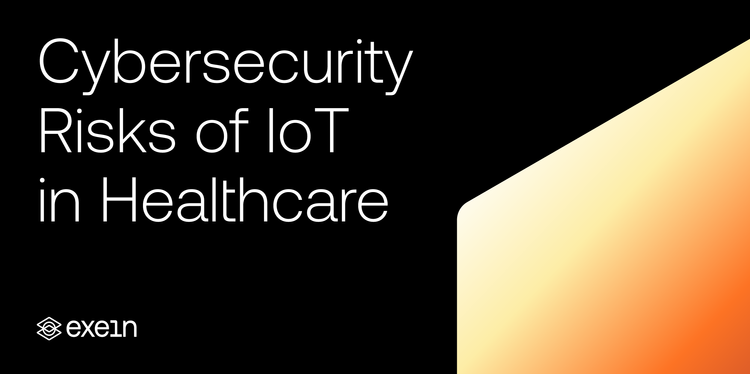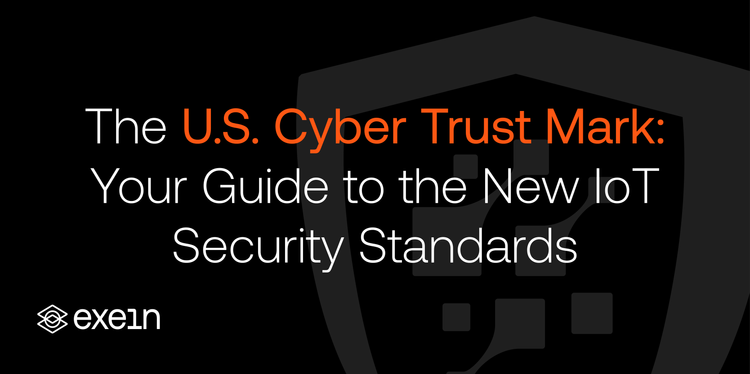Top Strategies for High-Performing Development Teams: Streamlining Processes with Security Built-In

In today's fast-moving software world, creating strong development teams isn't just about working quickly—it's about working safely too. As more devices connect to the internet (IoT), security has become a top priority instead of an afterthought. Companies now need teams that can work fast, come up with new ideas, and keep up with changing security risks, especially for internet-connected devices.
This post will look at important ways to build strong development teams. We'll focus on making work smoother and adding security at every step. We'll also talk about how these methods help with the growing need for IoT security, which is very important in today's tech world.
1. Adopt Agile Development with Security as a Foundation
Agile methodologies have been widely adopted across industries to streamline development and foster collaboration. However, embedding security into agile workflows is the key differentiator for teams operating in high-risk environments, especially when IoT devices are involved.
Rather than waiting until the end of a sprint or development cycle to think about security, IoT security should be a part of every step. This means conducting regular security reviews, integrating automated security testing, and ensuring that every team member understands the security implications of their code.
- IoT Security Integration: As IoT threats become more sophisticated, development teams must treat security as a fundamental aspect of their work. By embedding secure development practices early in the process, teams can proactively address IoT protection and potential vulnerabilities in secure IoT devices before they escalate into major security concerns.
2. Invest in the Right Tools for Automation and Embedded Security
For high-performing development teams, automation is crucial to accelerating processes and improving efficiency. But beyond speed, automation must ensure that security is embedded throughout the development lifecycle. The right tools not only streamline workflows but also integrate robust security measures, ensuring that threats are mitigated before they become critical issues—particularly in IoT environments where devices are continuously exposed to new vulnerabilities.
- Security-First CI/CD Pipelines: Continuous Integration and Continuous Deployment (CI/CD) pipelines are the backbone of any agile team. By embedding security checks directly into these pipelines, such as automated code scans and vulnerability assessments, teams can ensure that each iteration of code is secure before it moves forward. This is particularly important for secure IoT devices, where even small vulnerabilities can lead to significant threats.
- Embedded Security Testing: Automated tools for Static and Dynamic Application Security Testing (SAST/DAST) are vital for identifying vulnerabilities at both the code and runtime levels. For IoT security, embedded security testing can ensure that the software on devices is resilient against common attack vectors, while also assessing hardware-level risks. This proactive approach strengthens IoT protection by continuously monitoring for potential vulnerabilities throughout the development process.
- Threat Intelligence and Monitoring: Incorporating tools that provide real-time threat intelligence and monitoring allows development teams to stay ahead of emerging IoT threats. By integrating these tools early in the development cycle, teams can ensure that devices are protected from both known and unknown vulnerabilities, offering an additional layer of security to protect critical systems.
3. Modular Architecture for Flexibility and Security
High-performing teams embrace modular architectures because they provide flexibility and ease of integration with other systems. From a security standpoint, modularity allows teams to isolate vulnerabilities and address them without disrupting the entire system.
By using security modules, teams can ensure that critical security functionalities like encryption, authentication, and threat detection are standardized and reusable across different applications and IoT devices. This modularity streamlines security processes and reduces the risk of human error, making it easier to maintain secure development practices.
4. Build a Collaborative Culture Focused on Security
A high-performing development team cannot function in isolation—collaboration is key. This collaboration extends beyond developers to include security professionals, DevOps engineers, and even product managers. The entire team should be invested in the idea that security is a shared responsibility.
- Shift Left Security: By shifting security left—moving it to earlier stages of the development cycle—teams can identify vulnerabilities and risks before they become critical. This shift-left approach ensures that IoT protection is not an afterthought but a core part of the development process, particularly when creating secure IoT devices.
- Security Champions: Some organizations designate security champions within their development teams. These individuals advocate for security best practices, run training sessions, and help their colleagues understand how to build applications that are not only functional but also secure.
How Exein Can Help Build High-Performing Security Development Teams
Building high-performing development teams requires a balance between speed, innovation, and security, especially in the IoT ecosystem. Exein offers a robust solution that addresses this need, empowering teams to deliver securely and efficiently.
- Built on Edge: Exein's on-device security ensures ongoing threat monitoring and detection, even when devices are offline. This provides development teams with peace of mind, knowing that their IoT solutions are protected in real-time, regardless of internet connectivity.
- IoT First: Optimized for performance, runtime cost, and edge security, Exein is designed to run on even the most resource-constrained devices. This IoT-first approach ensures that secure IoT devices and solutions are scalable, efficient, and ready to handle the unique challenges of IoT environments.
- Modular Architecture: With a flexible and extensible core written in Rust, Exein integrates seamlessly into your existing development systems. Its modularity allows for easy adaptation to different environments, making it a perfect fit for high-performing teams that need to stay agile and secure.
- AI-based Threat Detection: By combining AI-based edge threat detection engines with deterministic security policies, Exein delivers cutting-edge performance in identifying and neutralizing threats. This state-of-the-art technology enables teams to anticipate and respond to security risks faster than ever, creating a proactive defense system.
With Exein, development teams can streamline their processes, build security directly into their workflows, and stay ahead of emerging IoT threats. As the IoT landscape continues to evolve, high-performing teams that prioritize security at every stage will be the ones that lead the charge.




